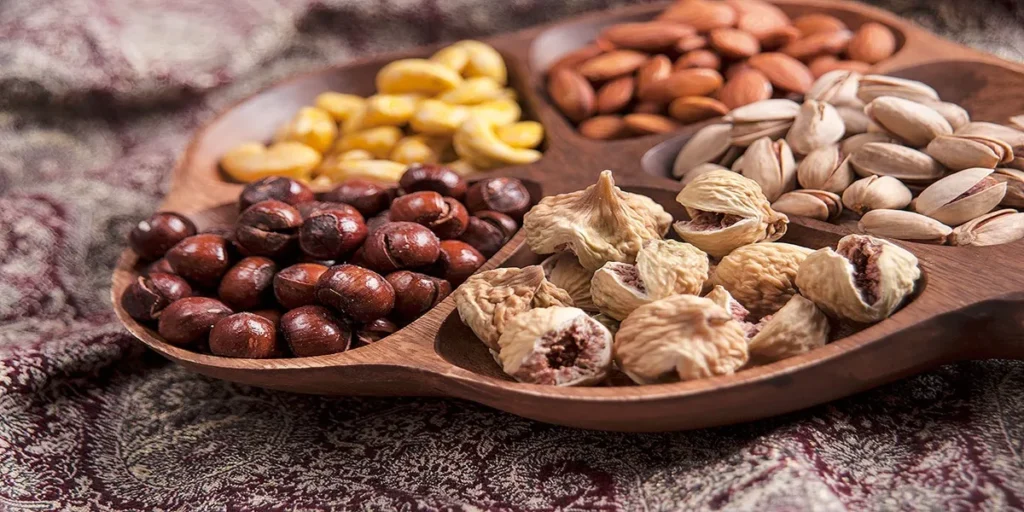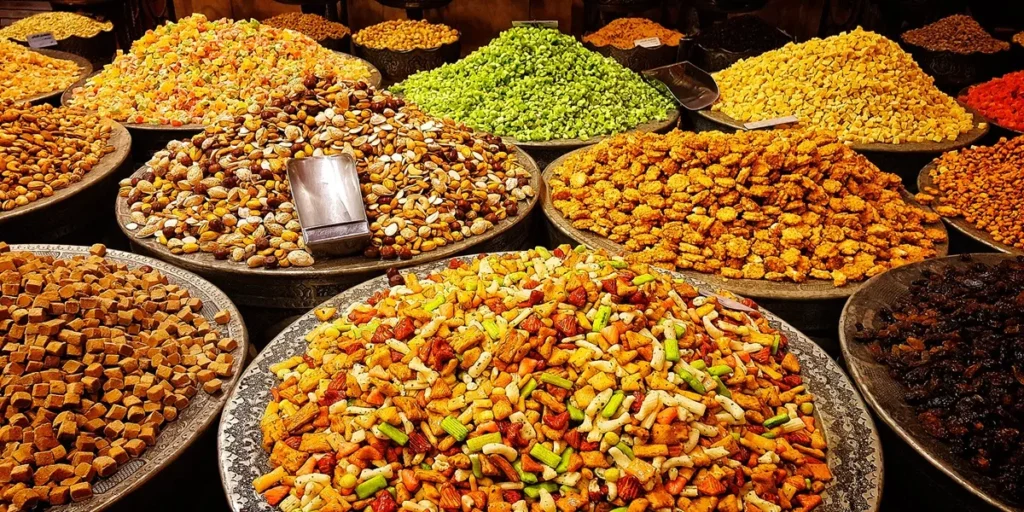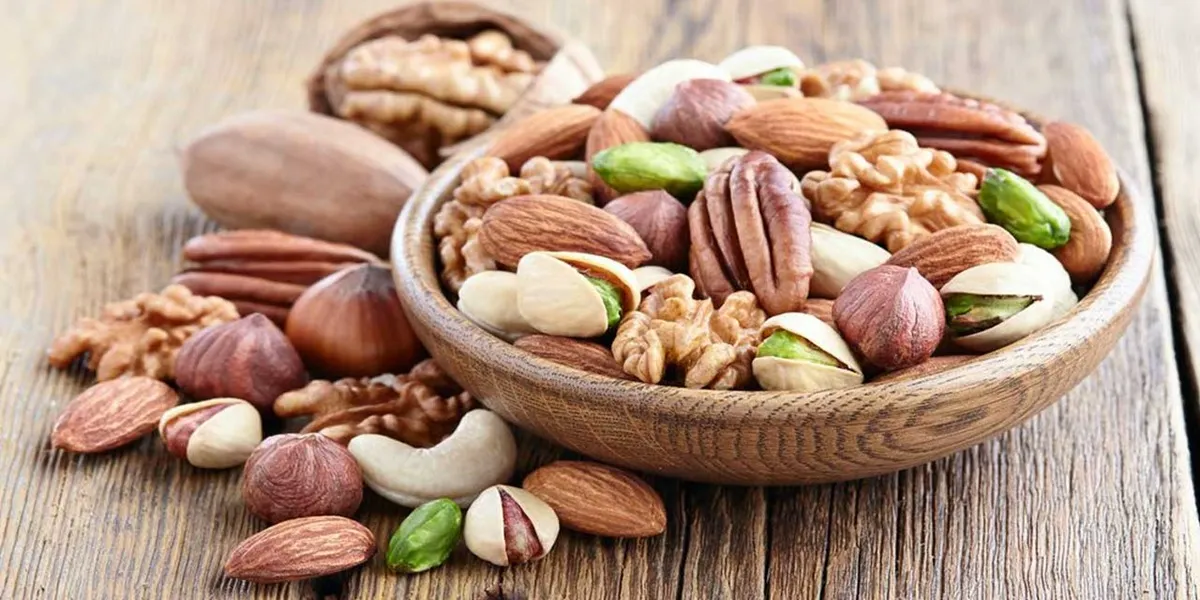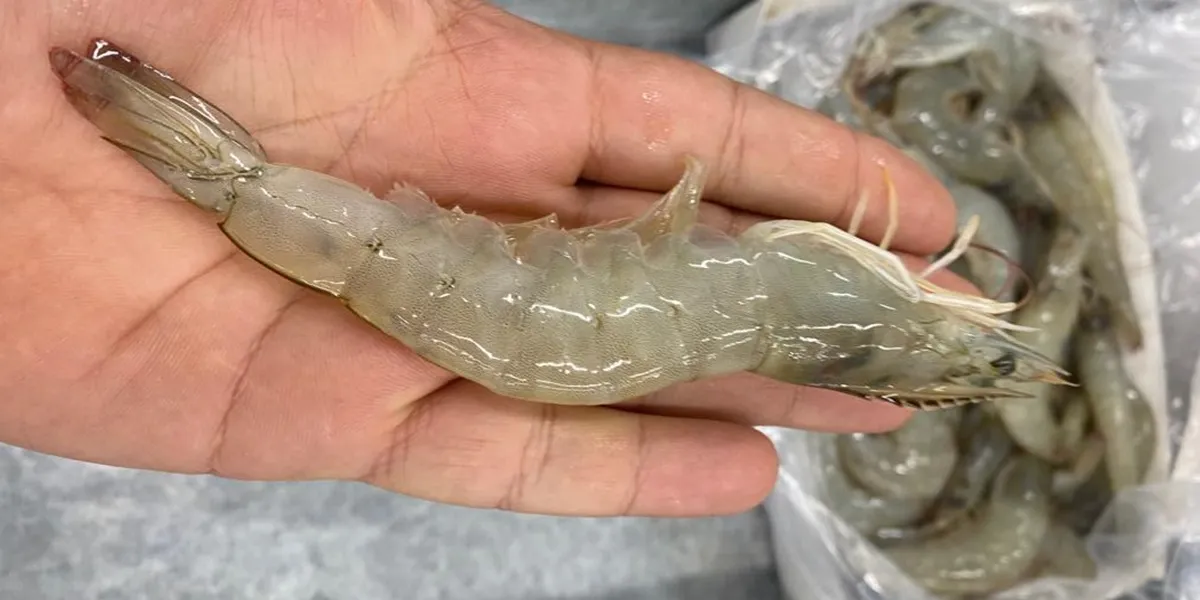Iranian nuts are more than just tasty snacks—they’re ancient symbols of health, heritage, and high-quality agriculture. From the creamy crunch of pistachios to the earthy richness of wild almonds, Iran offers a diverse range of tree nuts that are not only beloved locally but also in high demand across global markets. Grown in fertile lands with a climate ideal for nut cultivation, these superfoods are packed with nutrients, antioxidants, and heart-healthy fats.
Each variety has its own unique benefits. Pistachios support heart health and weight control, walnuts boost brain function, almonds aid in digestion, and wild pistachios (Beneh) are gaining fame for their medicinal and cosmetic uses. While Iran is renowned for quantity, it’s the quality, purity, and traditional harvesting methods that truly set Iranian nuts apart.
Curious to learn more about these powerhouse foods, their types, and health benefits? Keep reading to discover why Iranian nuts deserve a prime place in both your pantry and international product lineup.
Pistachios from Iran: The Green Gold of Export Markets
Iranian Pistachios have earned a global reputation as one of the highest quality pistachios available in the world. Known for their vibrant green color, rich taste, and excellent nutritional profile, they are a staple in both local cuisine and international markets. Grown in provinces like Kerman and Rafsanjan, these pistachios thrive in Iran’s arid climate, which enhances both flavor and texture. Iranian Pistachios are primarily of two types: Fandoghi (round) and Akbari (long), each offering unique characteristics that appeal to diverse tastes and culinary applications.
Aside from their superior taste, Iranian pistachios are packed with plant-based protein, healthy fats, and antioxidants, making them an ideal choice for health-conscious consumers. Their long shelf life and natural resilience to processing make them suitable for bulk export and value-added products like pistachio butter or energy bars. The country’s long-standing expertise in harvesting and sun-drying pistachios without chemical additives is another reason for their popularity in premium markets.
Whether consumed raw, roasted, or ground into fine paste, Iranian pistachios consistently meet the standards of quality expected in global trade. Their versatility and rich heritage ensure they remain a top choice for importers and consumers alike.
Iranian Walnuts: Rich in Omega-3, Rich in Trade Potential
Among Iran’s diverse nut exports, walnuts stand out for their impressive nutrient density and widespread culinary use. The country produces several varieties of high-quality walnuts, particularly in regions like Hamedan, Zanjan, and Kerman, where cool temperatures and mineral-rich soil create optimal growing conditions. These walnuts are known for their large size, soft shells, and high oil content, making them ideal for both snacking and use in food processing industries.
Pistachios might dominate export headlines, but Iranian walnuts are rapidly gaining attention due to their richness in omega-3 fatty acids—essential nutrients that support heart and brain health. Their earthy, slightly bitter flavor pairs well with baked goods, salads, and savory dishes. In fact, their high oil concentration makes them especially suitable for walnut oil production, which is popular in both the culinary and cosmetics industries.
Iranian farmers often use traditional methods of cultivation, avoiding synthetic chemicals and preserving the natural profile of the nut. This commitment to organic practices gives Iranian walnuts an edge in markets where consumers seek clean-label, nutrient-dense foods. With growing awareness around healthy fats and plant-based nutrition, Iranian walnuts hold strong potential for expansion in global markets.

Almonds of Iran: Versatile, Nutritious, and Profitable
Iranian almonds are an increasingly valuable player in the global nut market, prized for their adaptability, nutritional benefits, and rich taste. Grown primarily in provinces like Fars, Yazd, and Khorasan, these almonds flourish under Iran’s semi-arid climate and long growing season. The most notable variety is the Mamra almond, known for its high oil content, crunchy texture, and mild, sweet flavor.
While Pistachios are traditionally Iran’s flagship nut, almonds have carved out a niche thanks to their versatility in both sweet and savory dishes. They are widely used in confectionery, pastries, plant-based milks, and energy snacks. From a health perspective, almonds are rich in vitamin E, magnesium, and protein, and support heart health and weight management.
What sets Iranian almonds apart is their low processing level and often organic cultivation methods. Mamra almonds, in particular, are favored in regions like India for their superior nutritional profile and are often consumed soaked for better absorption of nutrients. The combination of excellent taste, health appeal, and multipurpose use makes Iranian almonds a smart investment for traders and a nutritious option for global consumers.
Read more: Pistachio health benefits
Wild Pistachio (Beneh): A Rare Nut with Rising Global Interest
Wild pistachio, locally known as Beneh, is a lesser-known yet highly valuable nut that grows naturally in Iran’s western and southwestern mountains. Unlike cultivated pistachios, Beneh trees thrive without intensive farming, making them a naturally organic product. These small, resin-rich nuts are packed with nutrients and have long been used in traditional Iranian medicine and cuisine.
Pistachio health benefits are well-documented, and Beneh offers a concentrated dose of these advantages. Rich in antioxidants, anti-inflammatory compounds, and beneficial fats, Beneh supports cardiovascular health, reduces oxidative stress, and improves skin vitality. It’s also used in natural oil extraction, especially in cosmetic products like creams and hair oils, where its healing properties are highly valued.
Though traditionally consumed locally in forms like roasted nuts or added to stews, Beneh is attracting international interest for its niche health benefits. As wellness trends lean toward wild, functional foods, Beneh has potential to emerge as a premium export item. Efforts to standardize harvesting and increase awareness through scientific studies are helping this ancient nut reclaim its rightful place on the global stage.
Iranian Hazelnuts: A Lesser-Known Gem with Export Potential
Iranian hazelnuts are an underrated treasure in the country’s rich agricultural portfolio. Grown mainly in the northern provinces of Gilan and Ardabil, where the humid climate and fertile soil mimic conditions in Turkey and Italy, these hazelnuts are naturally flavorful and nutrient-dense. Although not as globally dominant as Iranian pistachios or walnuts, hazelnuts from Iran boast a strong profile ideal for both local consumption and export.
These nuts are a powerhouse of vitamins, minerals, and healthy fats. They are especially high in vitamin E, folate, and monounsaturated fats—important for heart and brain function. Their crunchy texture and mildly sweet taste make them ideal for confectionery use, particularly in chocolate spreads, desserts, and bakery products.
Farmers in Iran often rely on traditional, chemical-free cultivation techniques, which appeal to global buyers seeking natural, sustainable products. While competition from Turkish and European hazelnuts is strong, Iranian hazelnuts offer a unique flavor profile and price-to-quality ratio that’s drawing attention from international food manufacturers and traders. As demand for diverse plant-based ingredients grows, Iran’s hazelnut sector has significant room to scale and capture a larger share of the health-focused snack and food ingredient markets.
Local Demand vs. Export Opportunity: Balancing the Market
Iran’s nut industry is a cornerstone of its agricultural economy, with pistachios, almonds, and walnuts among the top commodities. Annually, Iran produces over 1.18 million tons of various nuts, with approximately 800,000 tons consumed domestically and the remainder exported. 
Balancing local consumption with export demands requires strategic planning. Domestic markets value nuts for traditional dishes and daily snacks, while international markets seek them for their quality and health benefits. Exporting offers higher revenue potential but must not compromise local supply.
To maintain this balance:
- Market Analysis: Regularly assess domestic consumption trends and international demand.
- Production Scaling: Increase cultivation areas and improve yield through modern farming techniques.
- Supply Chain Management: Develop efficient logistics to serve both markets effectively.
- Policy Support: Implement government policies that support both domestic availability and export growth.
By adopting these strategies, Iran can ensure a stable supply for local consumers while capitalizing on lucrative export opportunities.

Packaging & Preservation: Key to Long-Distance Nut Exports
Effective packaging and preservation are vital for maintaining nut quality during export. Nuts are sensitive to moisture, oxygen, and light, which can degrade their quality. 
Best practices include:
- High-Barrier Materials: Use materials that prevent moisture and oxygen ingress.
- Modified Atmosphere Packaging (MAP): Replace oxygen with inert gases to extend shelf life.
- Vacuum Sealing: Remove air to prevent oxidation.
- Resealable Pouches: Offer convenience and maintain freshness after opening.
- Proper Storage: Store nuts in cool, dry environments to prevent spoilage.
Implementing these methods ensures that nuts reach international markets in optimal condition, preserving their taste and nutritional value.
Certifications and Standards: What Global Buyers Expect
Global buyers demand compliance with international standards to ensure food safety and quality. Key certifications include:
- US FDA Registration: Mandatory for exporting to the United States.
- Organic Certification: Certifies that products are free from synthetic pesticides and GMOs.
- GLOBALG.A.P.: Ensures good agricultural practices.
- Phytosanitary Certificates: Verify that products are free from pests and diseases.
- EU Food Safety Standards: Compliance is essential for exporting to European markets.
Obtaining these certifications builds trust with buyers and opens access to premium markets.
Where to Source Quality Iranian Nuts: Top Producing Regions
Iran’s diverse climate supports nut cultivation across various regions:
- Kerman Province: Renowned for pistachios, especially in Rafsanjan and Sirjan.
- Hamedan and Zanjan: Known for high-quality walnuts.
- Fars and Yazd: Produce premium almonds.
- Gilan and Ardabil: Specialize in hazelnuts.
- Khorasan: Emerging as a significant pistachio producer.
Sourcing from these regions ensures access to high-quality nuts cultivated using traditional and sustainable methods.
Tips for New Exporters: Navigating the Global Nut Trade
Entering the global nut market requires careful planning:
- Understand Regulations: Familiarize yourself with export requirements and certifications.
- Market Research: Identify target markets and understand consumer preferences.
- Build Relationships: Establish connections with reliable buyers and distributors.
- Quality Assurance: Maintain high product standards to meet international expectations.
- Logistics Planning: Develop efficient supply chains to ensure timely delivery.
- Financial Management: Secure export financing and manage currency risks.
- Continuous Learning: Stay updated on industry trends and best practices.
By following these tips, new exporters can successfully navigate the complexities of international trade and establish a strong presence in the global nut market.
Iranian Nuts: A Natural Legacy of Wellness and Variety
Iranian nuts offer a rare combination of nutritional richness, diverse varieties, and unmatched quality rooted in centuries of agricultural expertise. Whether you’re a health-conscious consumer seeking nutrient-dense snacks or a global trader exploring premium natural products, Iranian nuts deliver on every front—flavor, function, and heritage. By choosing nuts from Iran, you’re not just choosing a product; you’re embracing a tradition of wellness cultivated through generations.
Stay with us as we explore each type of Iranian nut in detail—their origins, properties, and how they naturally support a healthy lifestyle.




